Healistic Blog
Loading...
More articles for you
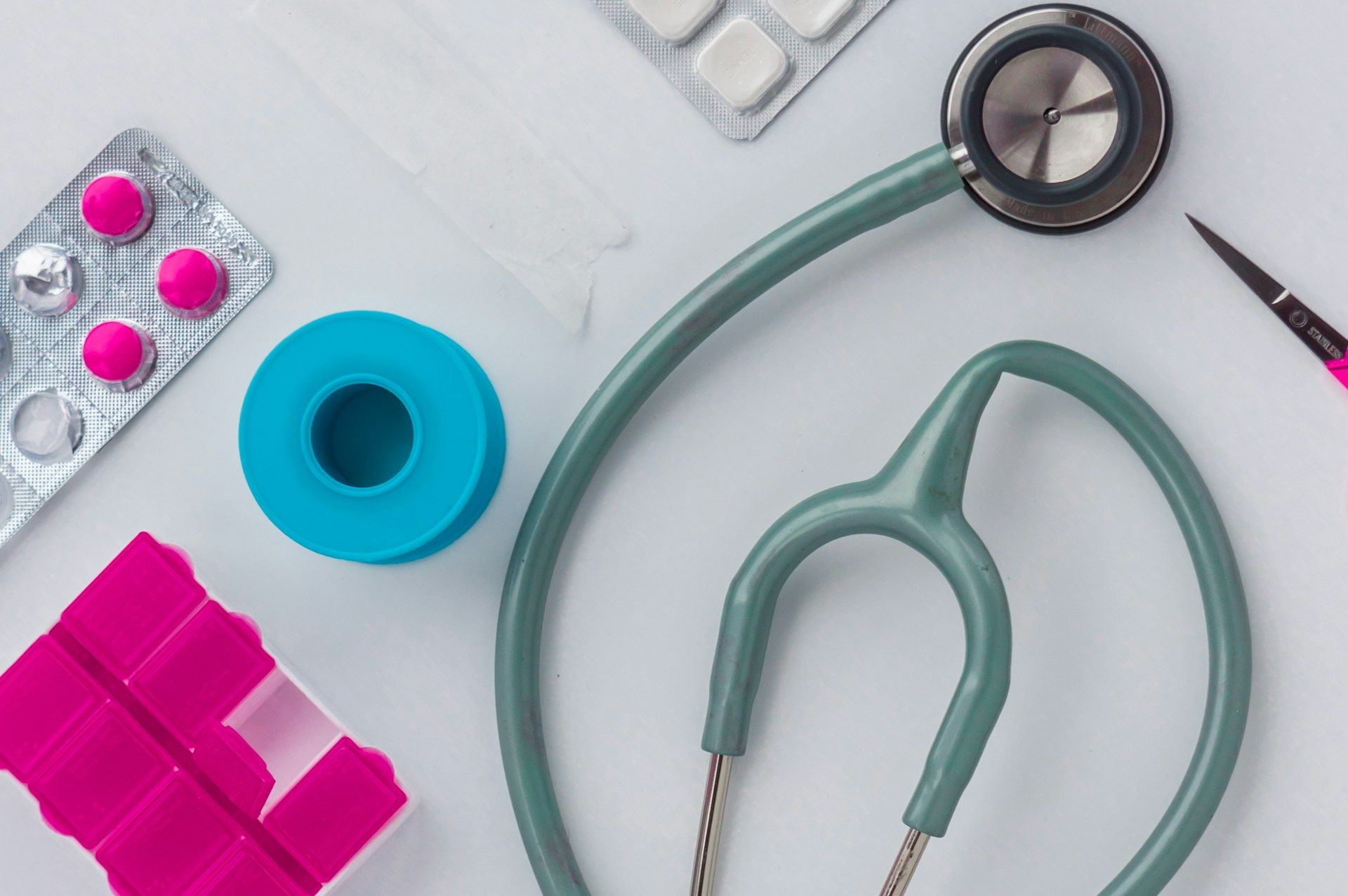
TIPS1 min read
The hidden admin cost of paper prescriptions (and how to eliminate it)
September 4, 2025
Read more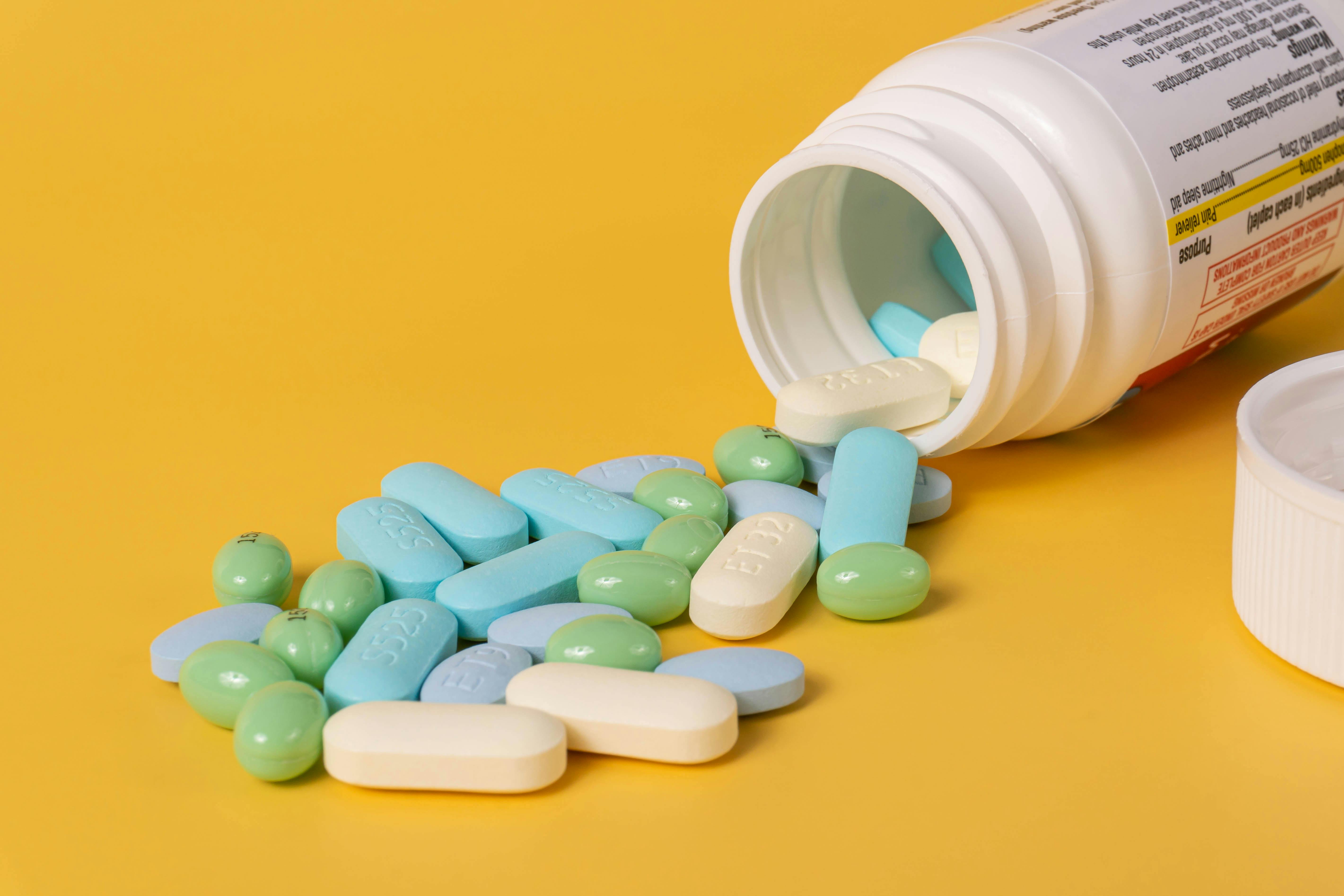

TIPS1 min read
Are e-prescribing platforms cost-effective for small clinics?
August 18, 2025
Read more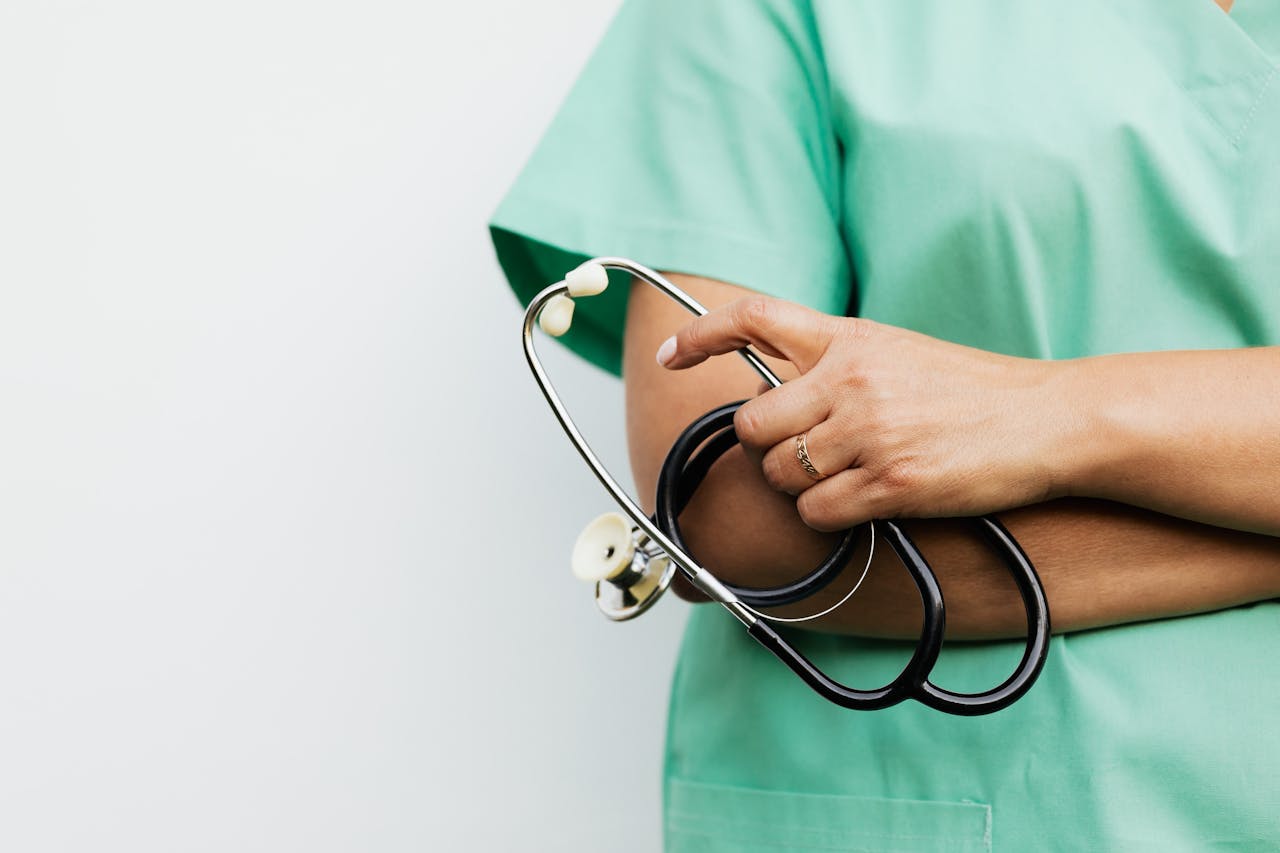

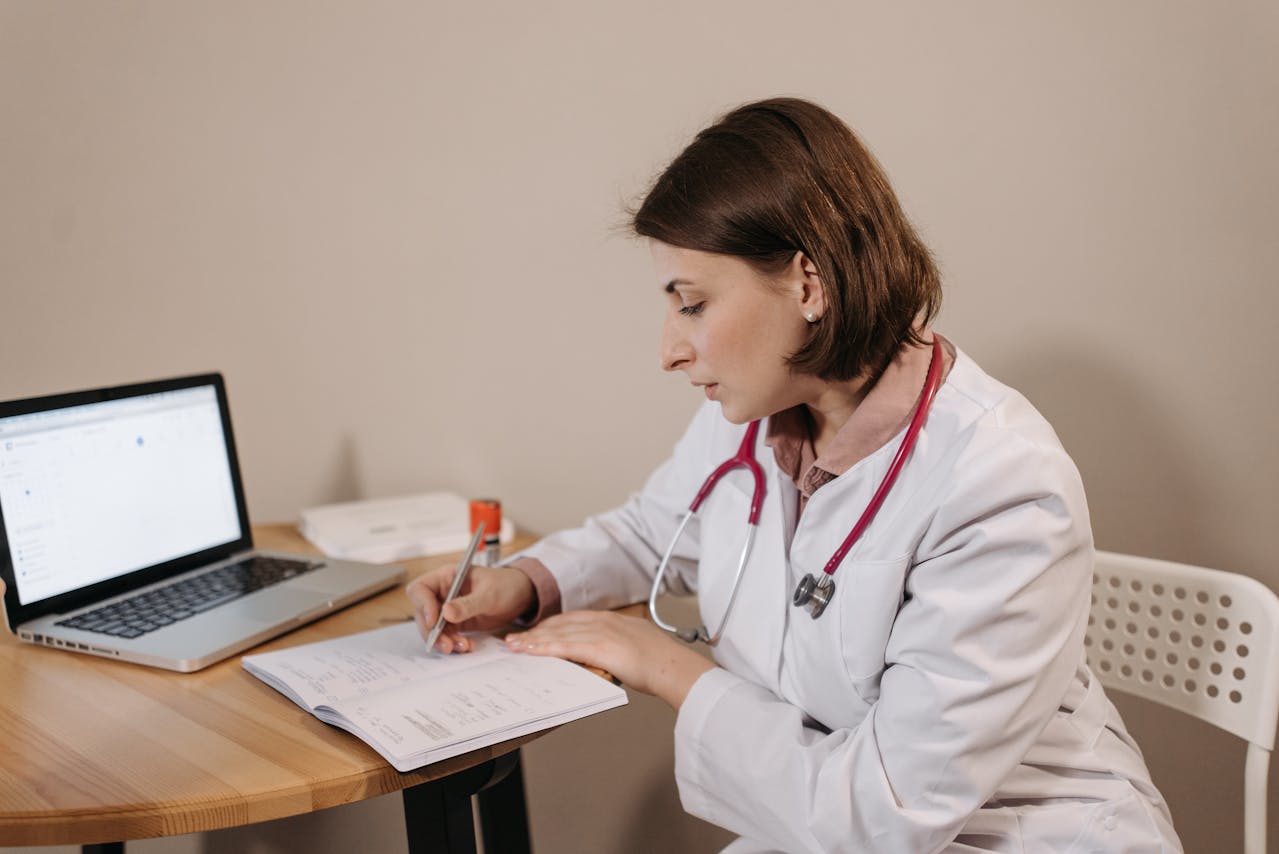
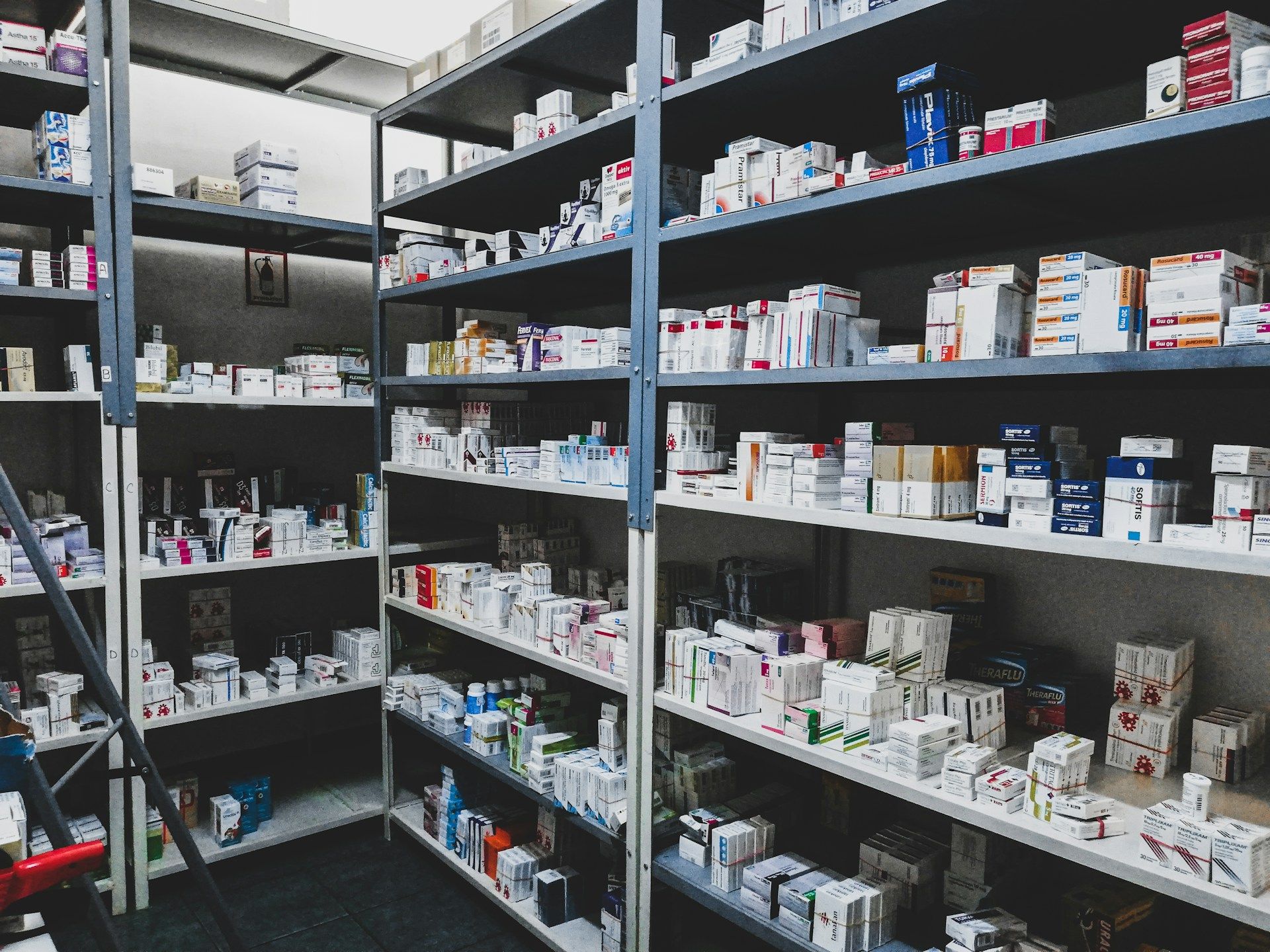
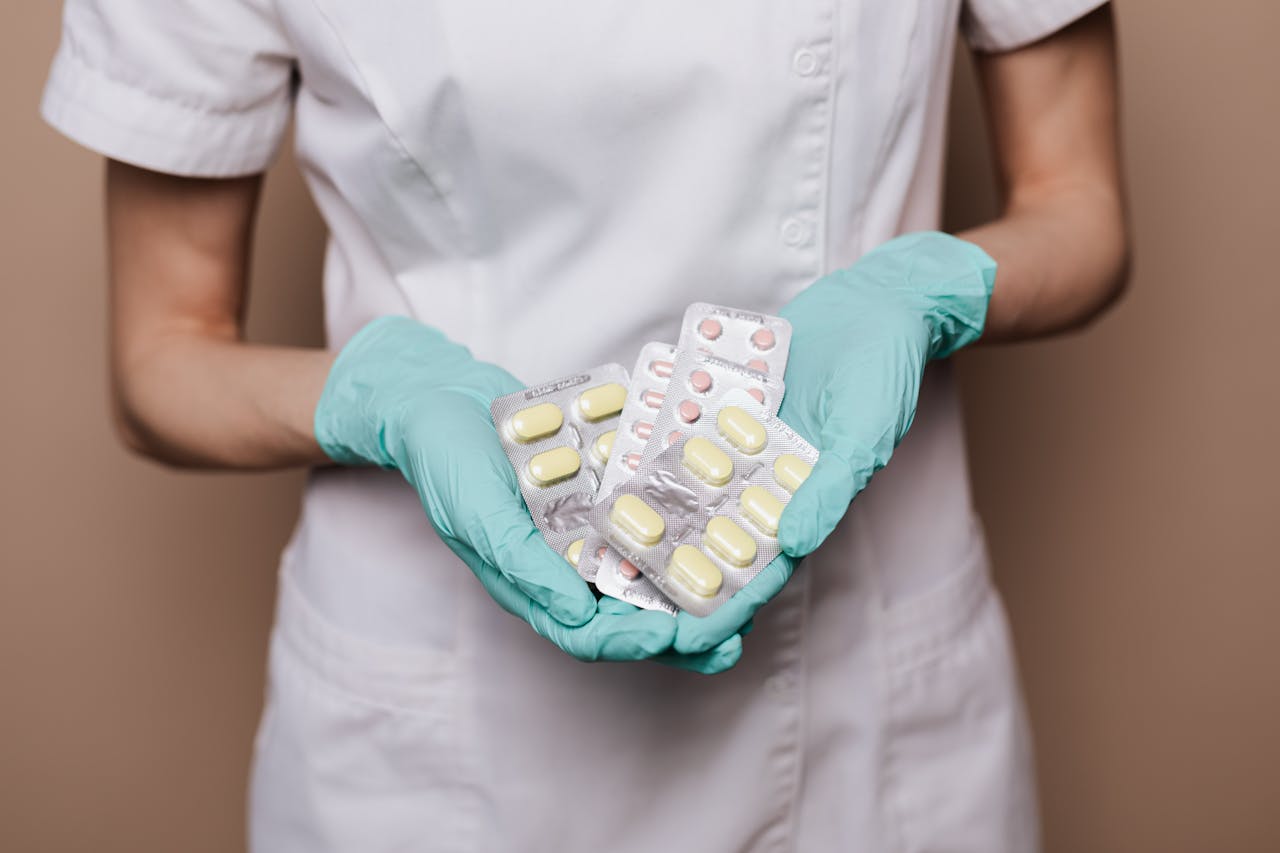
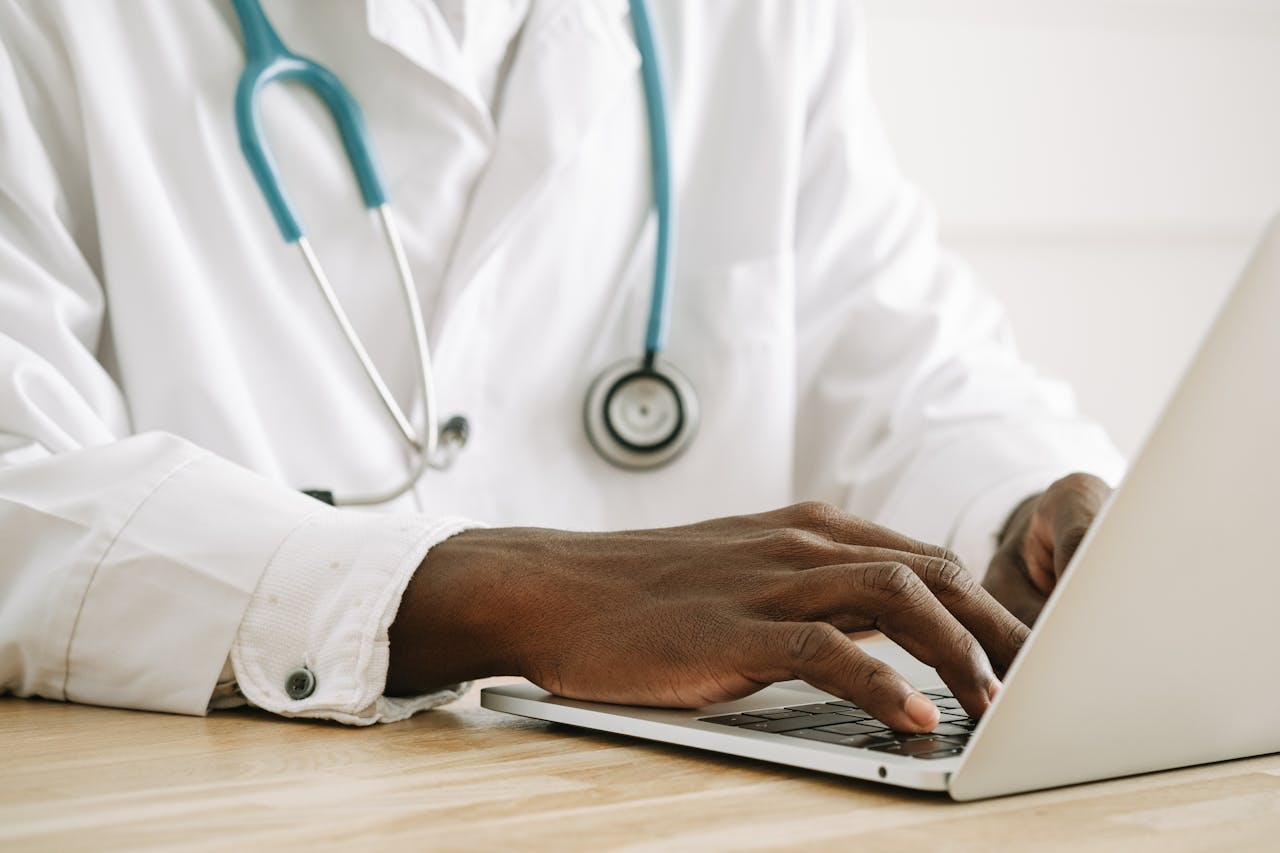
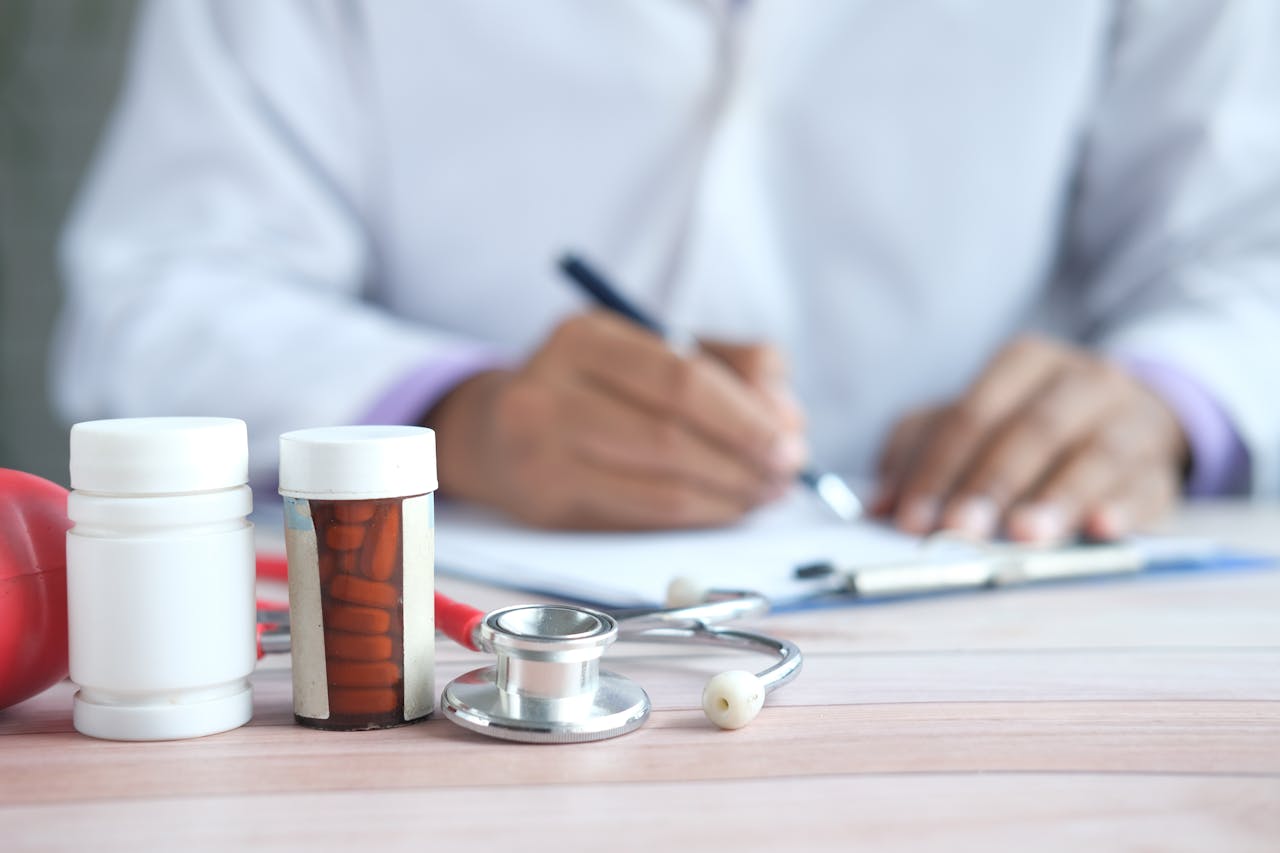
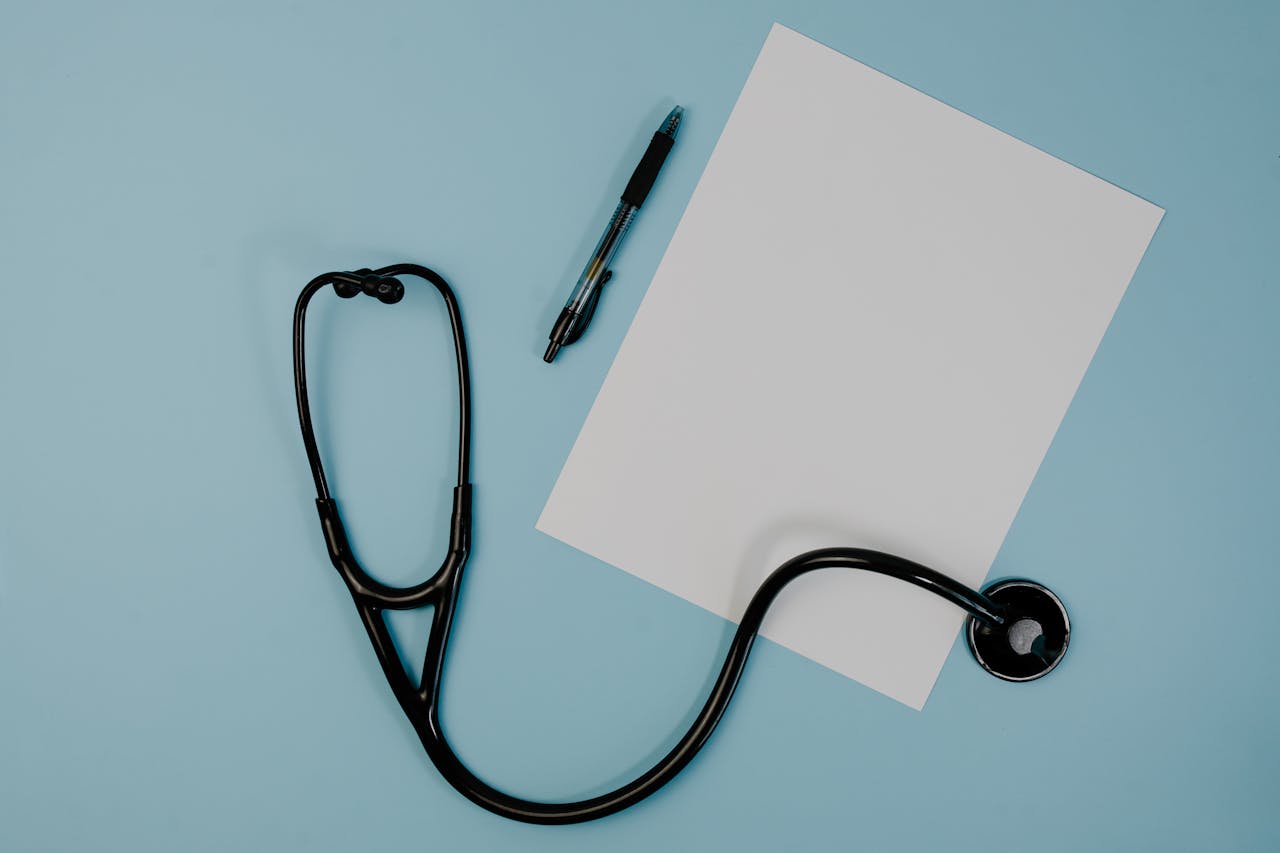
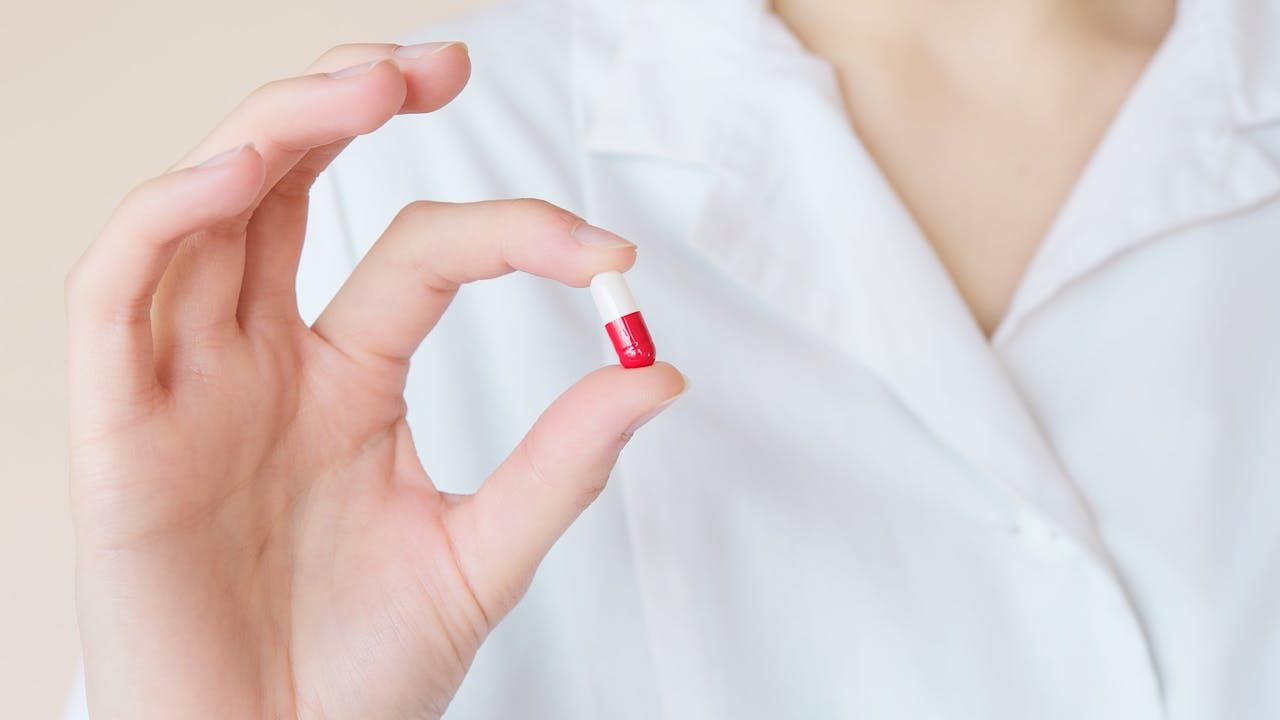
TIPS1 min read
Private prescriptions vs. NHS prescriptions: what's the difference?
November 7, 2025
Read more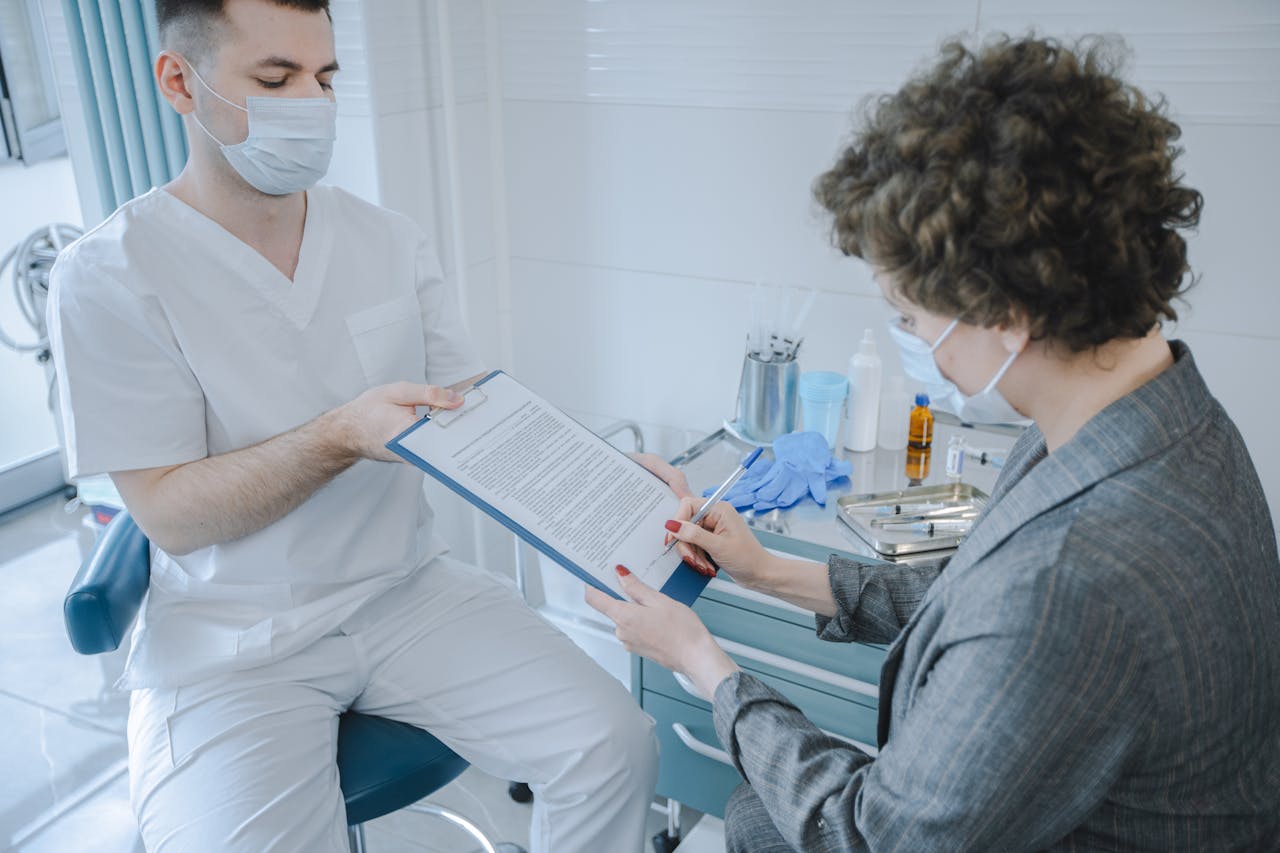

TIPS6 min read
What are the legal requirements for an e-prescription in the UK?
June 19, 2025
Read more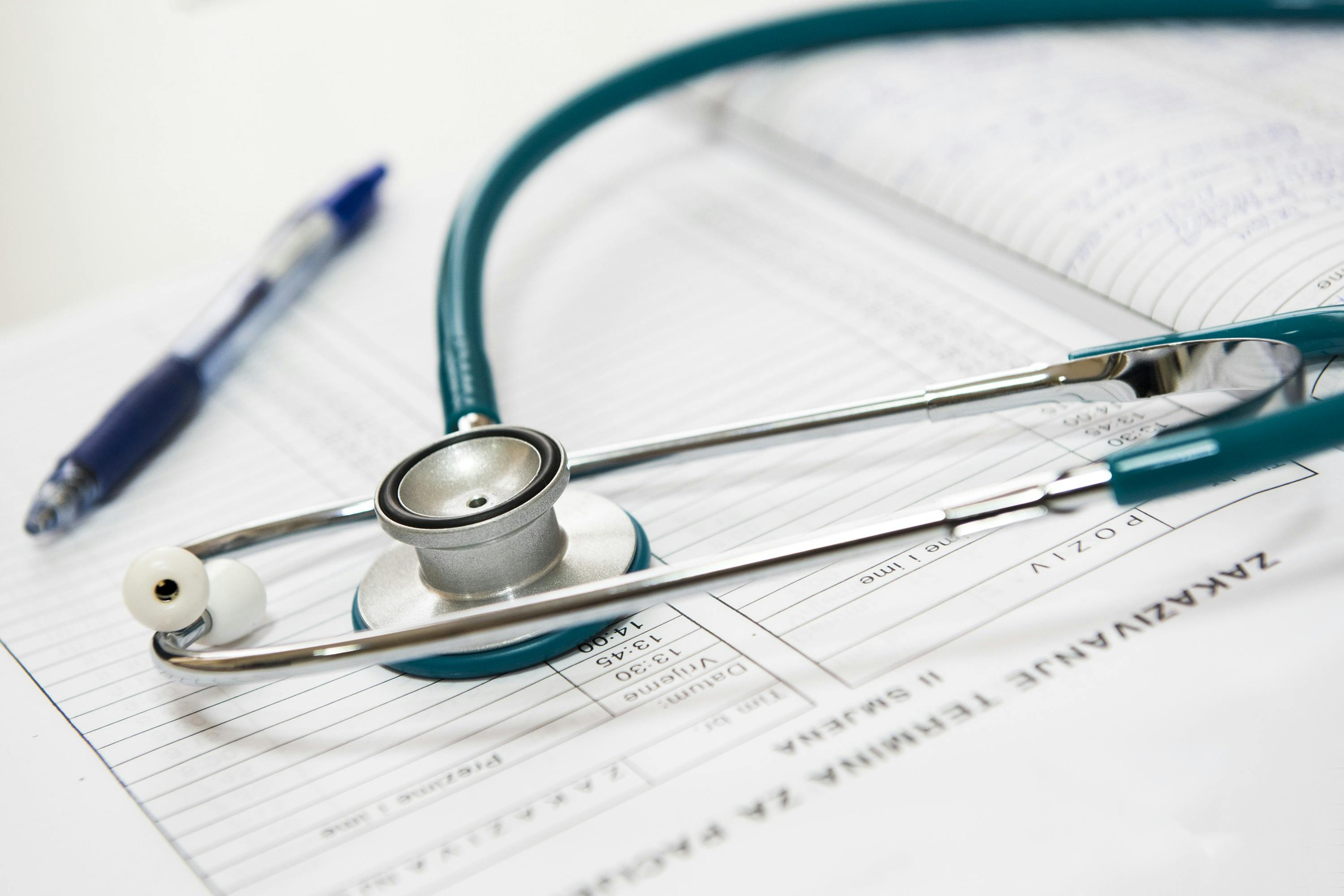

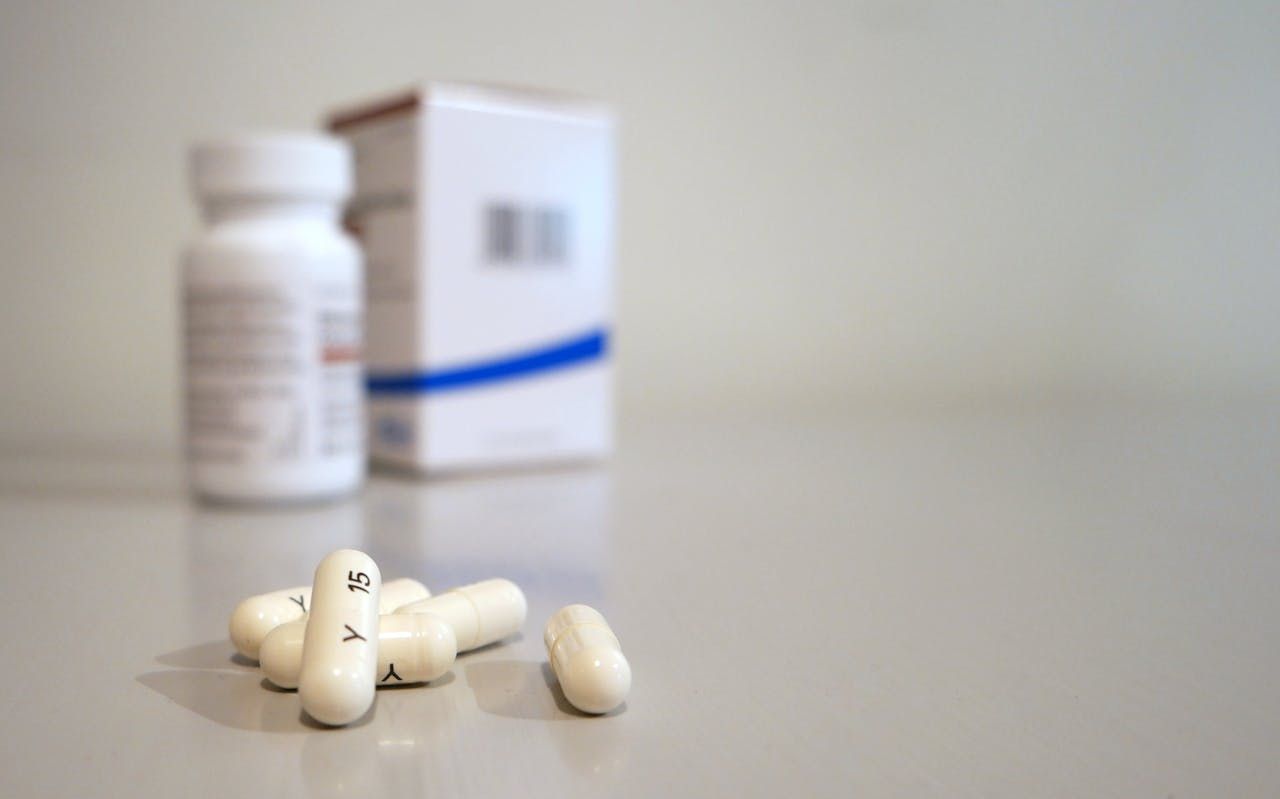
TIPS1 min read
How to stay compliant when prescribing controlled drugs privately
October 30, 2025
Read more
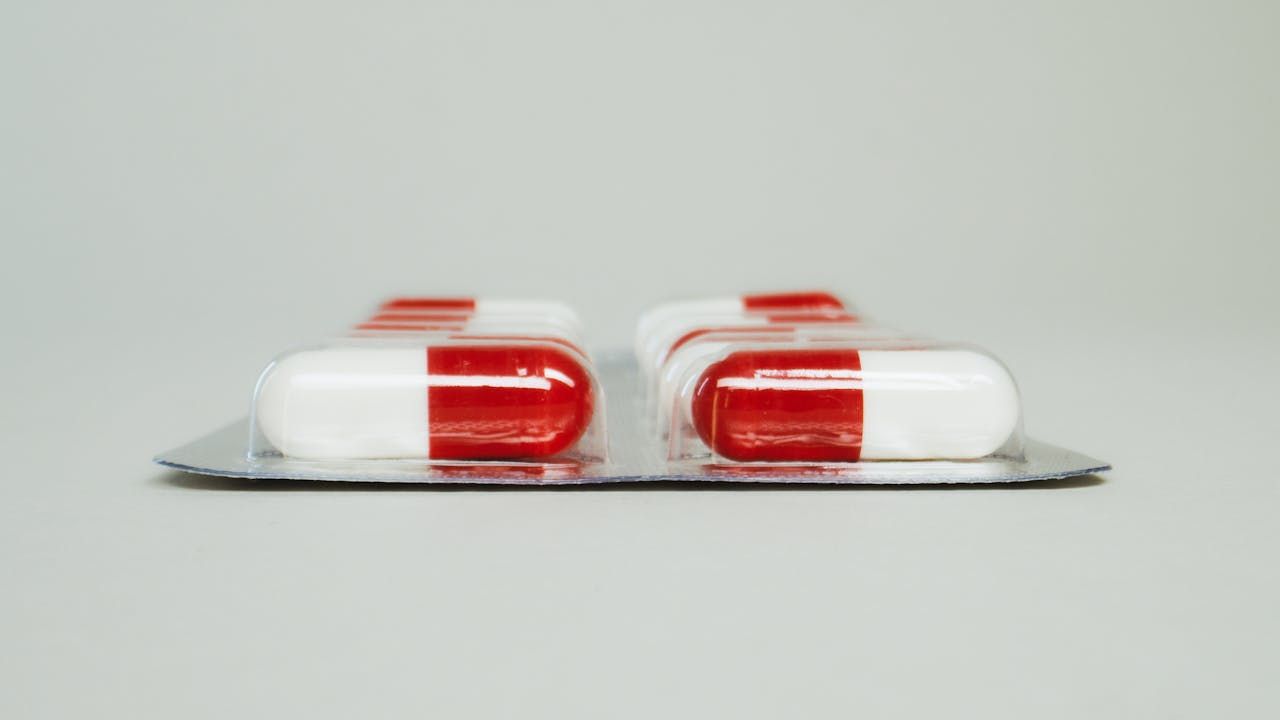
TIPS1 min read
How to manage repeat prescriptions more efficiently in private practice
July 17, 2025
Read more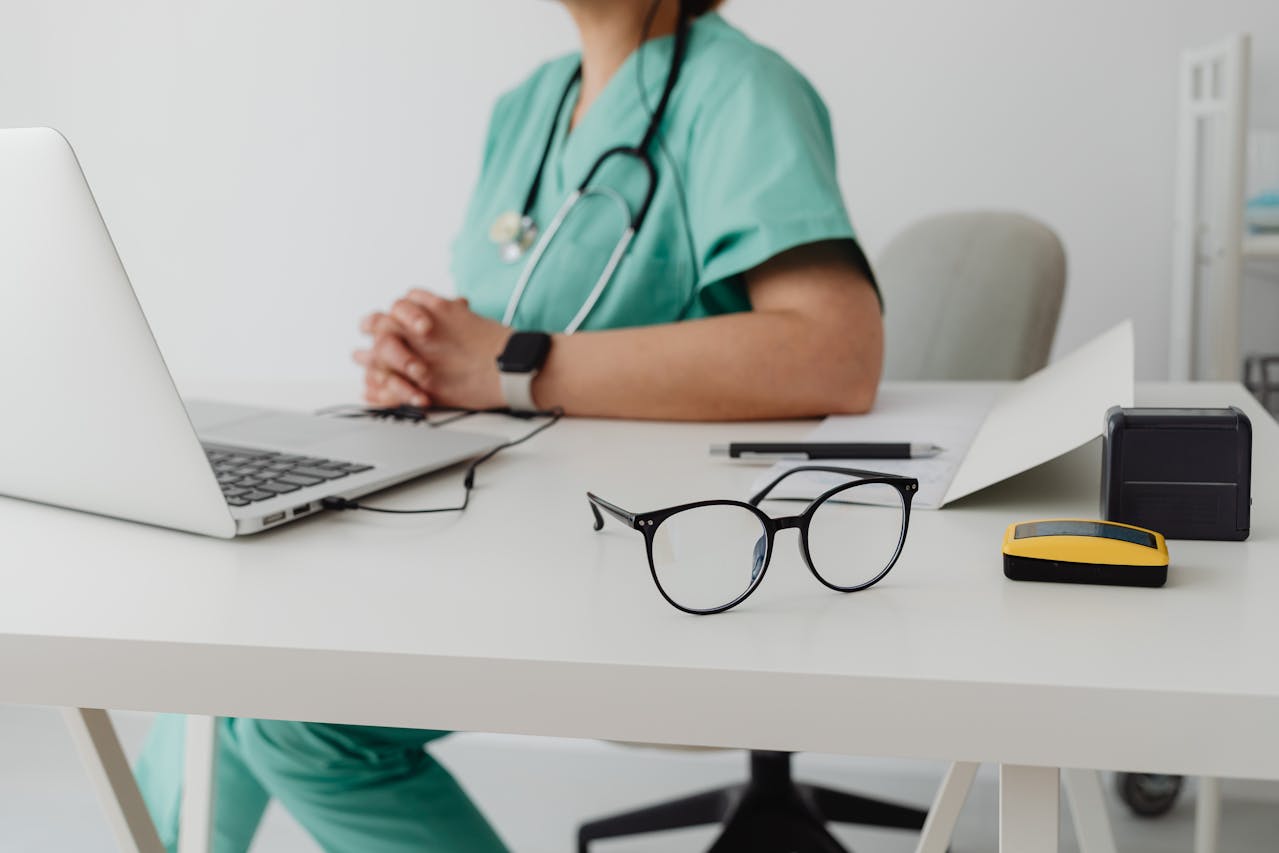
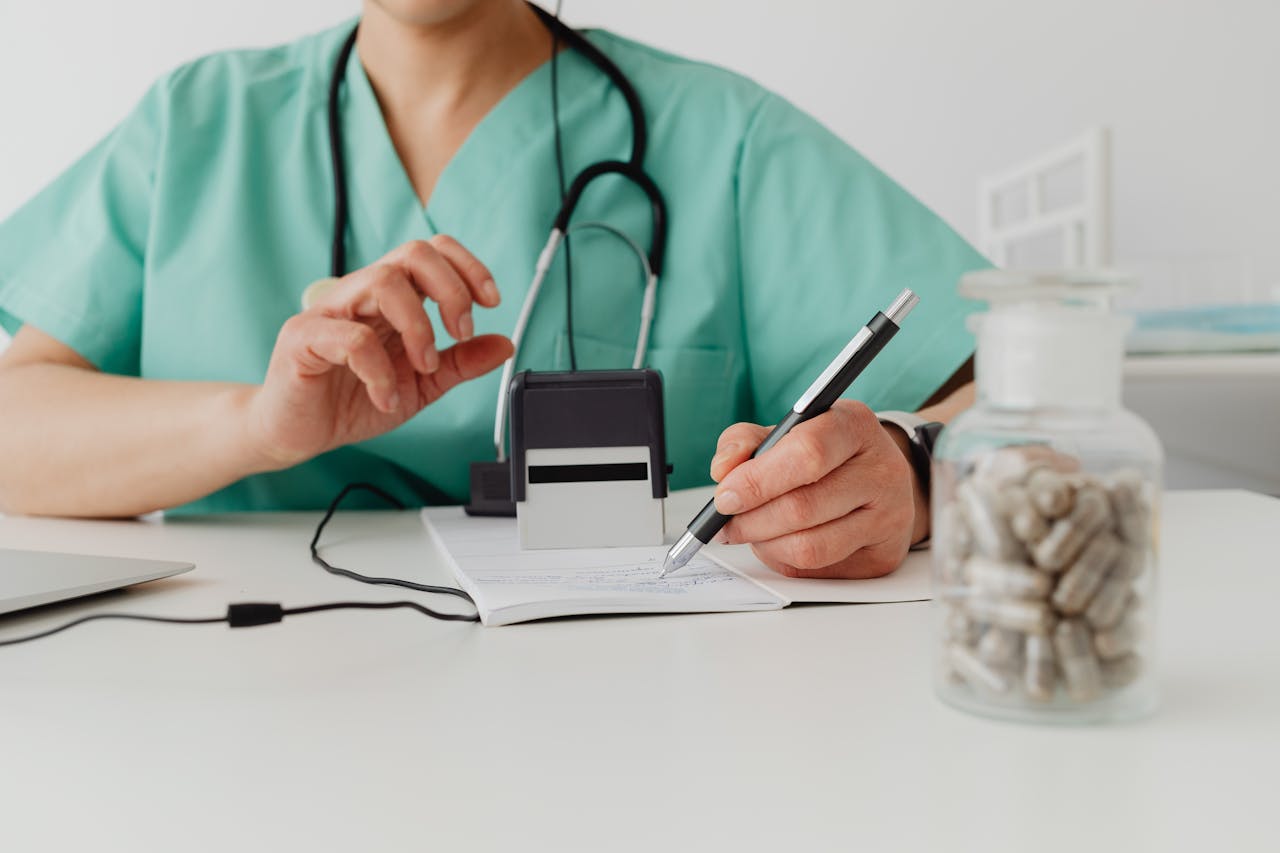
TIPS1 min read
What is the best software for private e-prescriptions in the UK?
June 23, 2025
Read more